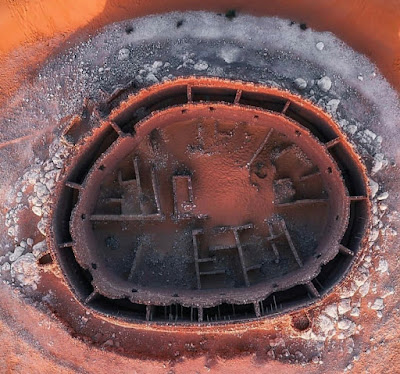What did the ancient Romans name their four-legged best friends? Lucius Iunius Moderatus Columella gives us a few recommended names in the section of his work on agriculture dealing with the rearing and training of dogs. Other likely sources used by the ancient Romans for dog names may have come from literature, in much the same way that people today draw on literature for naming their dogs.
Here is a list of some of the names in both Greek and Latin as mentioned by some writers. Each name is followed by gender and meaning.
- Agre. f. “Hunter”. One of Actaeon’s hounds in Ovid’s Metamorphoses. …keen-scented…
- Argiodus. m. “White-tooth”. One of Actaeon’s hounds in Ovid’s Metamorphoses. …from a Cretan father and a Spartan mother…
- Celer. m. “Speedy”. A recommended dog name in Columella’s On Agriculture.
- Ferox. m. “Savage”. A recommended dog name in Columella’s On Agriculture.
- Harpyia. f. “Seizer”. One of Actaeon’s hounds in Ovid’s Metamorphoses. …with her two pups…
- Hylactor. m. “Barker”. One of Actaeon’s hounds in Ovid’s Metamorphoses. …shrill-tongued…
- Hylaeus. m. “Sylvan”. One of Actaeon’s hounds in Ovid’s Metamorphoses. …savage…but lately ripped up by a boar…
- Hyrcanus. m. “From Hyrcania” (a region in ancient northern Persia, possibly meaning “land of the wolves”). Mentioned by Pliny the Elder in his Natural History to illustrate the faithfulness of dogs. …upon the funeral pile of King Lysimachus being lighted, threw itself into the flames…
- Ichnobates. m. “Trail-follower”. One of Actaeon’s hounds in Ovid’s Metamorphoses. …keen-scented…baying loud on the trail…a Cretan dog.
- Labros. m. “Fury”. One of Actaeon’s hounds in Ovid’s Metamorphoses. …from a Cretan father and a Spartan mother…
- Lacon or Lakon. m. “Spartan”. One of Actaeon’s hounds in Ovid’s Metamorphoses. …renowned for strength… Also, a recommended dog name in Columella’s On Agriculture.
- Laelaps. m. “Hurricane”. A famous – and relentless – hunting hound in Ovid’s Metamorphoses, originally a gift of the gods.
- Lycisce. f. “Wolf”. One of Actaeon’s hounds in Ovid’s Metamorphoses. …swift…Melampus. m. “Black-foot”. One of Actaeon’s hounds in Ovid’s Metamorphoses. …a Spartan.
- Melanchaetes. m. “Black-hair”. One of Actaeon’s hounds in Ovid’s Metamorphoses.
- Nebrophonos. m. “Fawn-killer”. One of Actaeon’s hounds in Ovid’s Metamorphoses. …staunch…
- Oresitrophos. m. “Mountaineer”. One of Actaeon’s hounds in Ovid’s Metamorphoses.
- Pamphagos or Pamphagus. m. “Voracious”. One of Actaeon’s hounds in Ovid’s Metamorphoses. …Arcadian…
- Patricus. m. “Noble”. From an ancient epitaph to a dog, cited in Abbott’s work. …an Italian dog, at Salernum…“My eyes were wet with tears, our dear little dog…In thy qualities, sagacious thou wert like a human being.”
- Poemenis. f. “Shepherd”. One of Actaeon’s hounds in Ovid’s Metamorphoses. …the trusty shepherd…
- Pyrrhus. m. “Fire; Flame-colored”. A dog mentioned by Pliny the Elder in his Natural History to illustrate the faithfulness of dogs. …the dog of the tyrant Gelon…
- Theridamas. m. “Beast-killer”. One of Actaeon’s hounds in Ovid’s Metamorphoses.
- Theron. m. “Hunter”. One of Actaeon’s hounds in Ovid’s Metamorphoses. …fierce…
- Tigris. m. or f. “Tiger; Tigress”. One of Actaeon’s hounds in Ovid’s Metamorphoses. Also, a recommended dog name in Columella’s On Agriculture.





